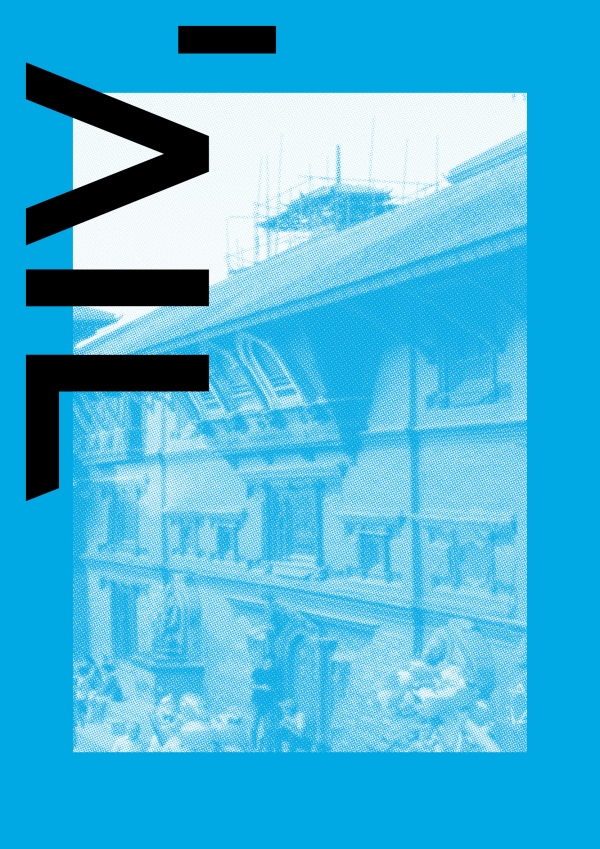Investigation of Art and Cultural Objects … Why?
Conservation science
and conservation are located at the interface of humanistic, natural scientific and artistic disciplines and practical interventions.
The natural sciences play an important role in this interdisciplinary debate in order to analyse and identify the material
and technological structure of art and cultural property, as well as to understand and establish damage mechanisms - a fundamental
prerequisite for the development of conservation and restoration concepts and preservation strategies. Furthermore, they offer
assistance in questions of provenance and dating. Today, non-destructive examination methods are preferable to invasive analysis
with sampling.
The presented interdisciplinary research project CROWN deals with the many open
questions around the Imperial Crown and its countless gemstones, pearls and enamels. Imaging analyses reveal the composition,
structure and manufacturing technology of stone, mortar and ceramics from ancient to modern times, while portable X-ray fluorescence
spectroscopy can non-destructively measure the materiality and composition of various objects. Because each work of art is
original and therefore unique, this applied research presents a fascinating, rich, and diverse range of scientific challenges,
yielding new and often surprising results and insights.
Programme:
Lectures and Live-Demonstration
16.00 Welcome
Gabriela Krist, Head of IoC
16.05 The role and task of
the natural sciences in the conservation of works of art
Tatjana Bayerova, Senior Scientist IoC
16.35
Application of different analytical methods for the identification of the materials used on the Imperial Crown
Teresa
Lamers, Research Associate KHM | Doctoral Student IoC
17.05 Microscopy of mineral artefacts in
conservation and archaeology
Johannes Weber, Professor IoC | Petrologist
17.33 Live-Demonstration
„X-ray fluorescence analysis for cultural heritage research”
Alexandra Rodler-Rørbo, Senior Lecturer IoC




